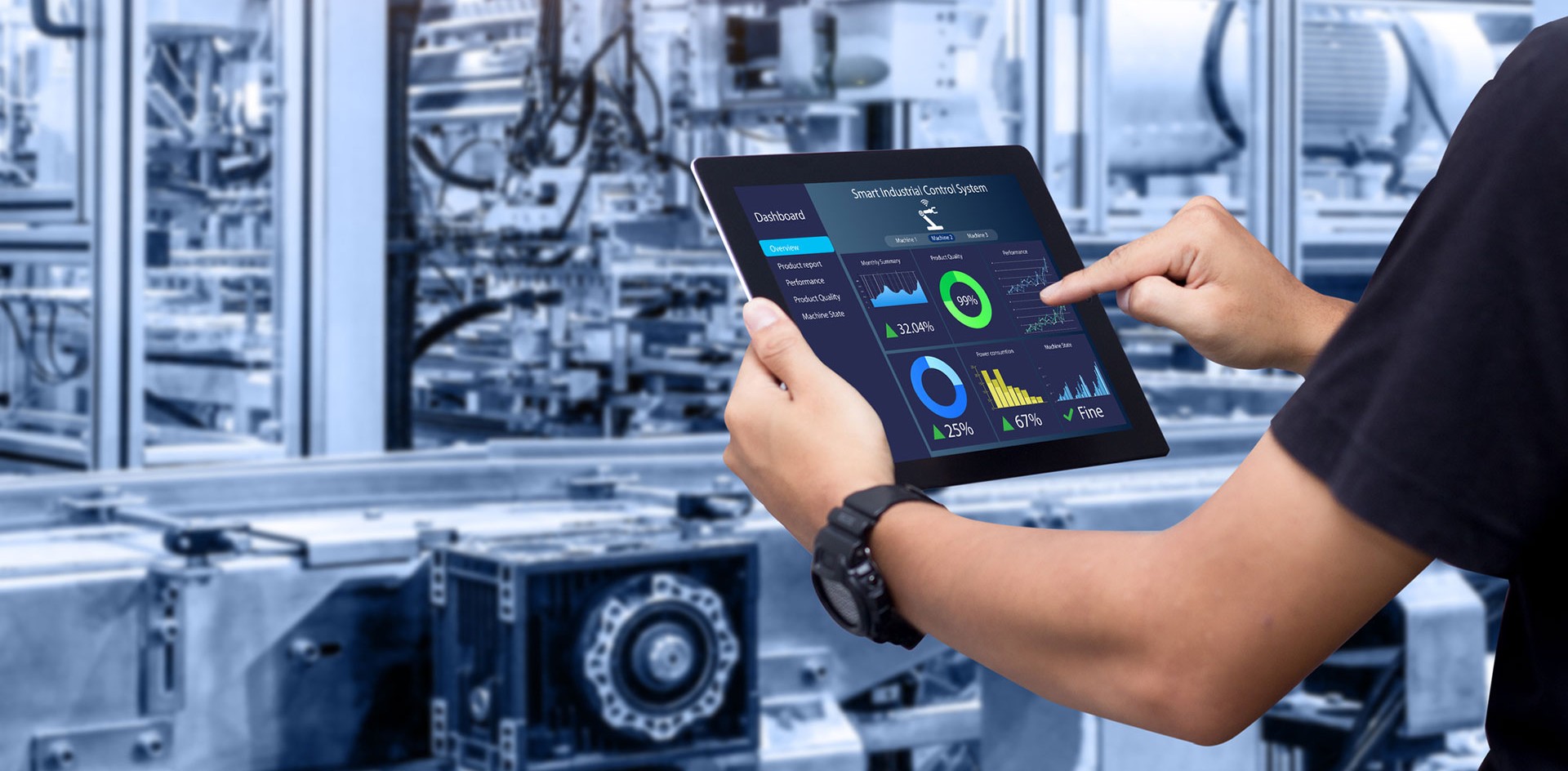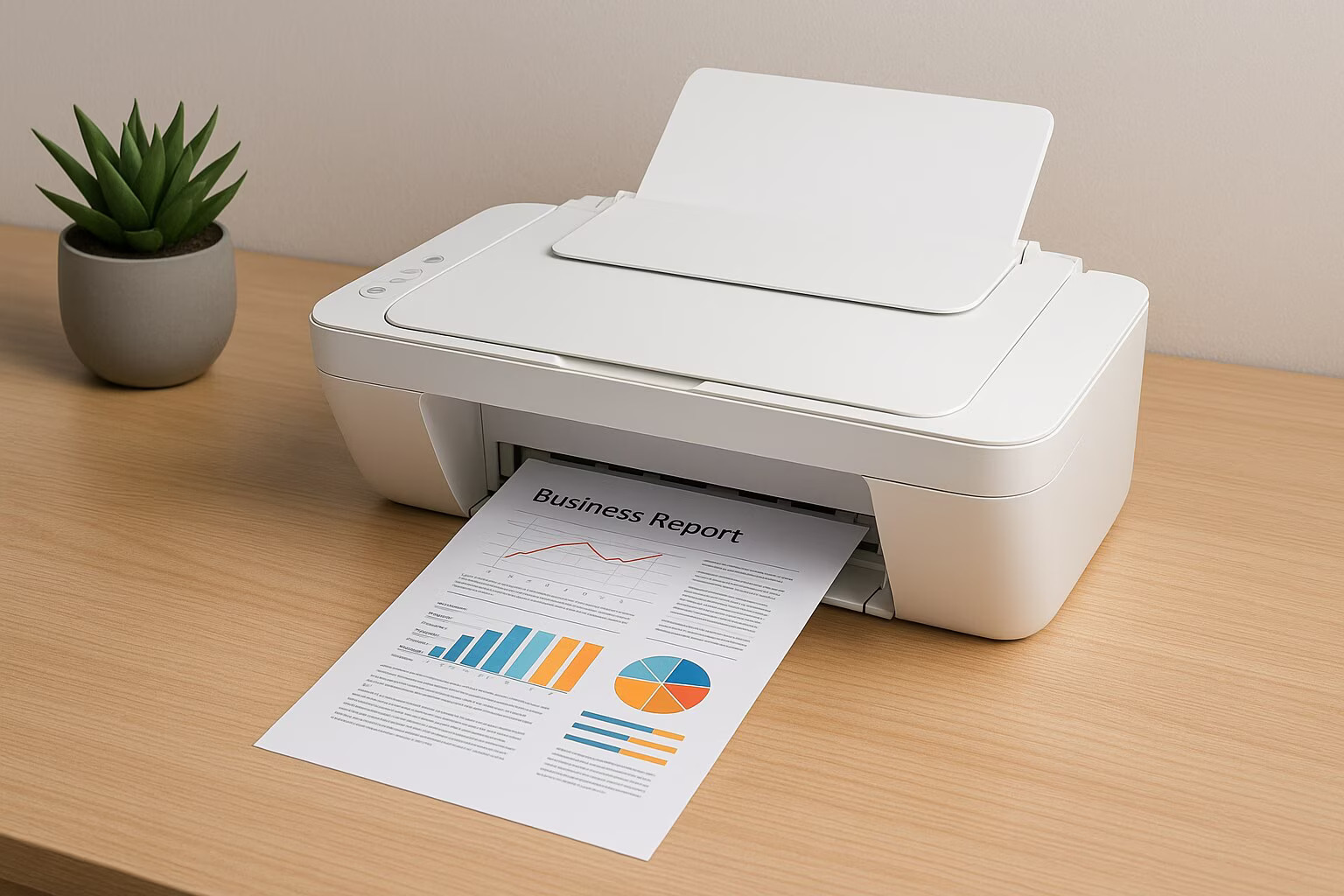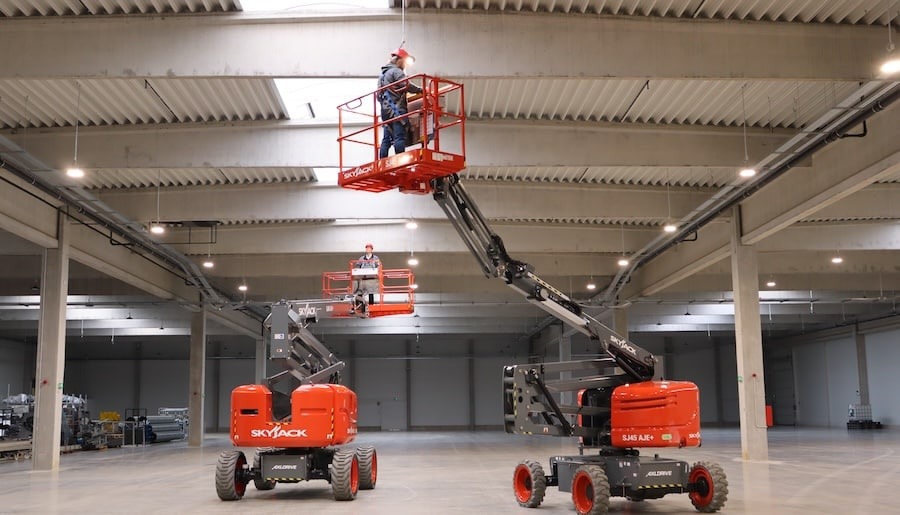
The way buildings are managed and experienced is changing dramatically. What used to be static, disconnected environments are now transforming into intelligent ecosystems thanks to smart building software. These platforms integrate advanced technologies like sensors, data analytics, and automation to make buildings more efficient, sustainable, and user-friendly. Beyond improving operations, smart building solutions are also redefining tenant experiences—making everyday living and working smoother, safer, and more connected.
Smart Buildings and the Sustainability Imperative
One of the most pressing issues in modern property management is sustainability. A big chunk of the world’s energy use comes from commercial and private buildings. As a result, property owners are feeling more and more pressure to cut back on energy use and pollution. Smart building software provides the tools to address this challenge head-on.
By gathering real-time data from IoT devices, such as smart meters and environmental sensors, property managers can monitor energy consumption with precision. This data makes it possible to automatically adjust HVAC, lighting, and water systems based on occupancy and demand. The result is a reduction in waste, lower utility bills, and improved compliance with environmental regulations.
For example, a case study: IoT ecosystem for home automation shows how interconnected devices can make a measurable difference. In this scenario, automated thermostats, smart lighting, and energy-monitoring systems worked together to optimize usage patterns. The building not only reduced its overall energy footprint but also created a more comfortable environment for residents. Such case studies highlight how technology is bridging the gap between sustainability goals and practical implementation.
Elevating Tenant Experience Through Smart Solutions
While sustainability often appeals to investors and regulators, tenants are primarily concerned with comfort, convenience, and safety. Smart building software directly enhances these aspects by creating more responsive and adaptable living and working environments.
Tenants benefit from app-controlled access to facilities, personalized climate control, and proactive maintenance alerts. For instance, if an elevator requires servicing, tenants may receive a notification before they experience any disruption. This transparency builds trust and satisfaction, which are critical for tenant retention.
Smart security systems add another layer of value. With IoT-enabled surveillance and digital access control, residents feel safer while managers gain the ability to monitor activity in real time. When combined with personalized amenities, these features transform properties from simple spaces into lifestyle-enhancing environments.
Why Customization Matters
Not all properties are the same, and neither are their management needs. While off-the-shelf solutions exist, property companies increasingly prefer tailored platforms that adapt to their unique portfolios. Customization ensures that smart building software integrates seamlessly with existing infrastructure and meets the specific demands of tenants and managers alike.
This is where the role of a boutique nearshore software development partner becomes essential. Unlike large, generic providers, boutique firms offer personalized attention, agility, and a deeper focus on client needs. Nearshore partnerships also ensure cultural alignment, shared time zones, and reduced communication barriers, all while delivering cost efficiency. These specialized teams can design, deploy, and maintain smart building solutions that truly align with an organization’s goals.
The Future: Smarter, Greener, and More Human-Centered
As urbanization accelerates and expectations for smarter spaces rise, the integration of advanced technologies in property management will only deepen. The future of smart building software lies in combining IoT with artificial intelligence (AI). AI can take IoT-generated data and transform it into actionable insights—predicting tenant behavior, automating maintenance at scale, and optimizing sustainability measures even further.
The coming years will likely see buildings that are not only energy-efficient but also capable of dynamically adapting to human needs. Imagine workspaces that automatically adjust lighting based on employee moods, or residential complexes that anticipate utility demands before they peak. These aren’t distant visions but natural extensions of today’s smart building ecosystems.
Conclusion
Smart building software is redefining property management by tackling two critical goals: sustainability and tenant satisfaction. From optimizing energy use to delivering personalized experiences, these platforms provide long-term value for owners, managers, and residents alike. With proven successes—such as the case study: IoT ecosystem for home automation—and the support of a boutique nearshore software development partner, the future of smart, sustainable, and human-centered buildings is closer than ever before.





